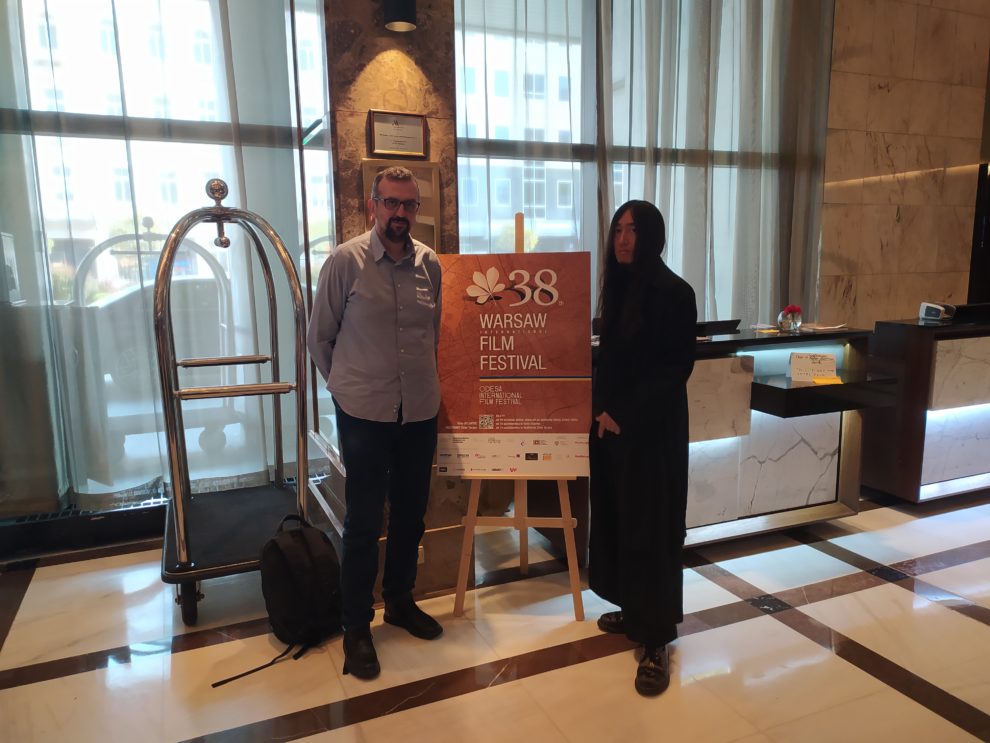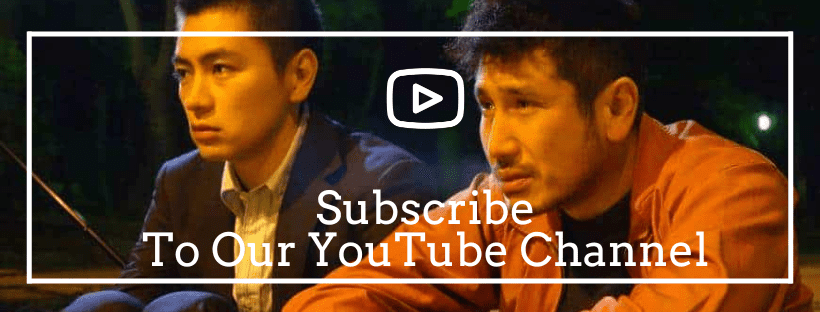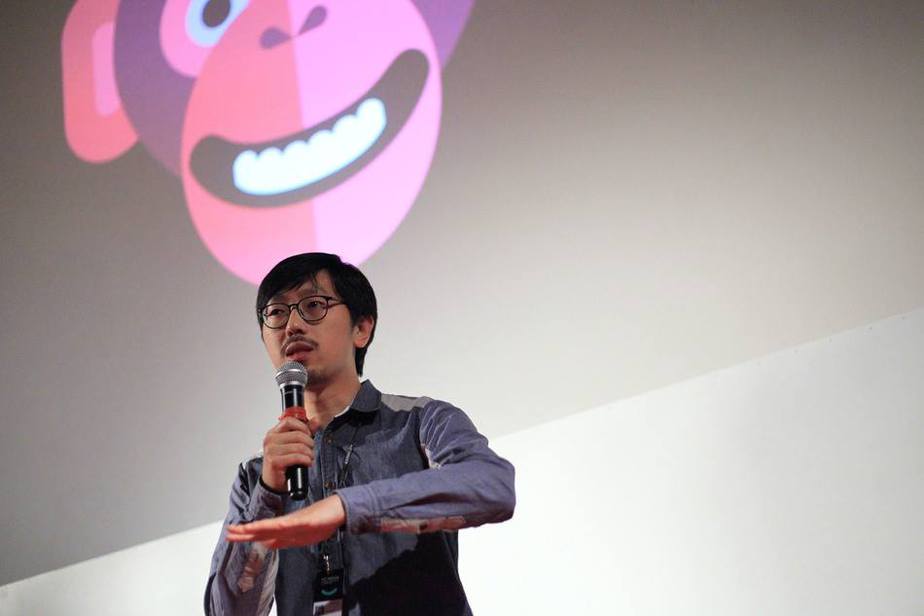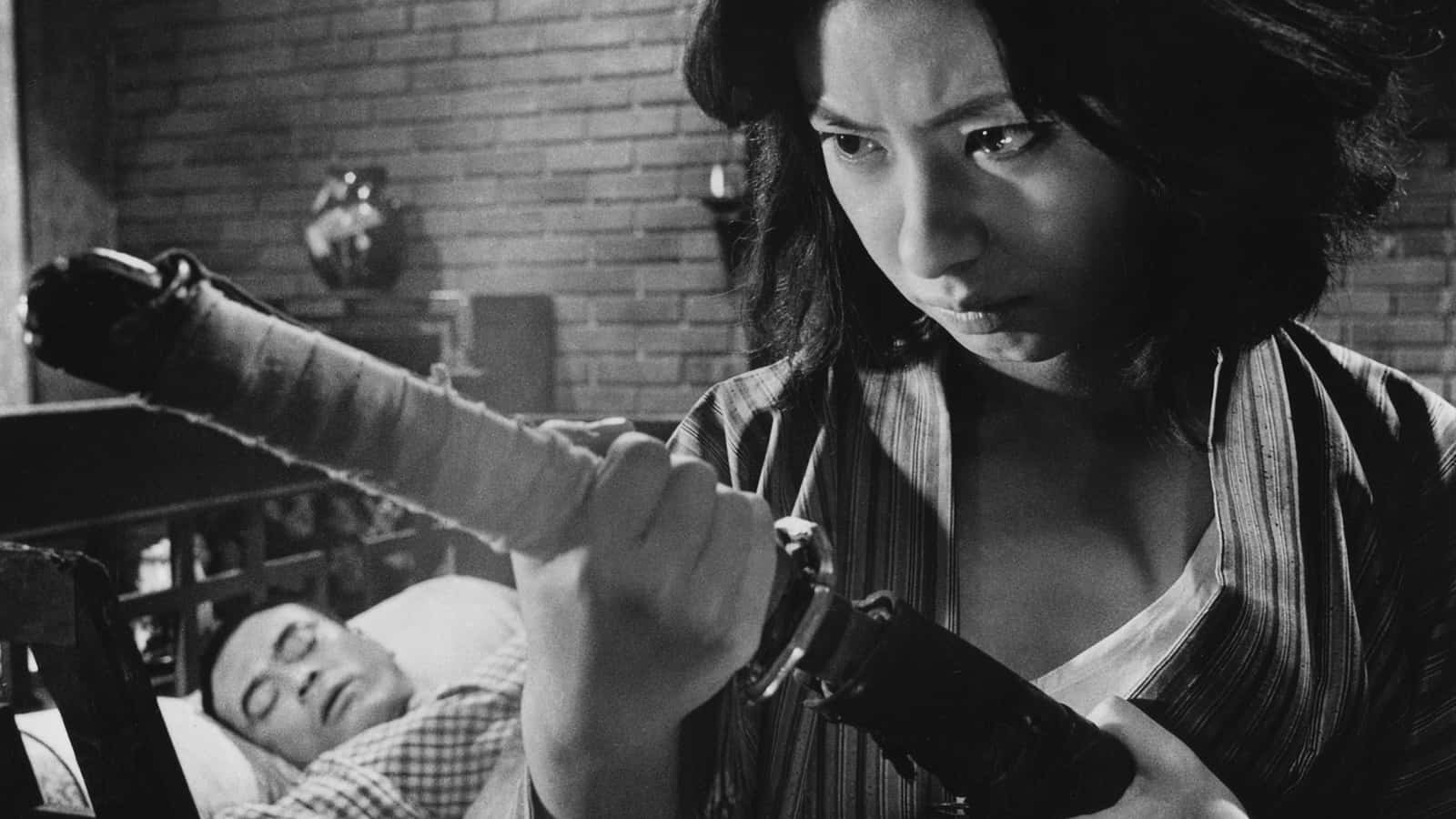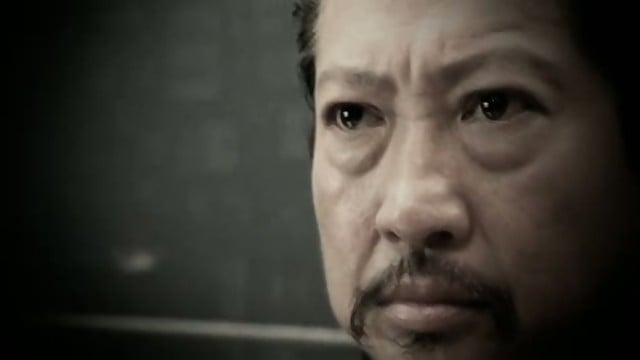Keishi Kondo is a Japanese director, screenwriter and producer. Born in 1985, he has been making films since graduating from university. He has worked as a freelancer in Tokyo and Toronto, producing music videos, event videos and other video works, and is currently working on corporate promotions and TV commercials in Japan. “New Religion” is his first feature film.
On the occasion of “New Religion” screening at Warsaw International Film Festival, we speak with him about the visuals and the unusual approach of the movie, Kaho Seto and the casting, violence in movies, the Japanese movie industry and other topics.
“New Religion” screened at Warsaw Film Festival

Do you like the color red a lot?
Yes, but I also think the particular color suits “New Religion”. This film is like my viewpoint οφ the world during the spreading of coronavirus. When we saw the pandemic for the first time, I thought I was watching apocalyptic images. After the virus spread, many terrible things happened, but I thought the future would be even more terrible. The red color is my symbol for the terrible future, and the particular color is the one of the photographer's room, when you print photographs you have to switch your light to red. I included all those ideas in my film, that is why I selected red as my central color.
Can you elaborate on the theme of dreams within dreams within dreams?
My idea came from Chinese philosopher Zhuangzi, whose writings I expanded to the endless mirror.
What about the butterfly?
First of all, I drew the painting of a moth on my notebook, and this visual image was the beginning. Then the concept and the structure of thoughts by Zhuangzi followed. I do not have any thoughts or feelings about butterflies but it is a symbol of the human soul in many countries. I liked that idea, the fundamentals of the human being.
Why did you have the protagonist be a call girl?
She is a single mother, and sometimes it is difficult in Japan for them to get good jobs. Miyabi wanted to maintain her daily life after her daughter died and her husband divorced her. The rent was high, and she needed to retain this life, and being a call girl pays a lot, that is why I chose for her to be in that profession.
Tell me a bit about the “villain”, the guy who takes photographs of the spines.
Many people asked me if he is good or evil, or even a demon, but I do not have any answer to this question. If I had to say, he is more like a dream himself.
What about Miyabi's boyfriend, whom I find to be a very strange persona, with no job, no money, and even weak physically?
(laughter) He is a poor guy, he tries to be a professional musician but I am not sure why Miyabi started dating him. They met in a club, and they felt some connection suddenly, like love at first sight. That relationship is another version of the mirror relationship.
There is much violence in the film, why did you choose this approach?
There were many incidents in Japan like the ones portrayed in the film, like the Kyoto Animation attack, but I did not get affected by the actual incidents. When I was writing the screenplay, was thinking that, in the future, those kinds of incidents would happen so I wrote that idea, but reality happened at the same time, while I was writing. I was really afraid that the film may offend some people, actual victims or their families, but that was not my intention. I felt nervous but I did include them in the end.
But in general, what is your opinion about violence in movies?
In genre movies, violence is just for fun, we can recognize that it is not real, that it is fiction and just enjoy it. But in the case of cinema that is not genre, we have to be careful about how we treat violence.
What do you consider your film to be, genre or not genre?
I think it is in the boundaries, which is something I always aim for.
At the same time, you chose not to be graphic about both violence and sex. Why?
Everyone knows what making love looks like, so I felt that I do not need to describe it directly, imagination is more important. I trusted my audiences and I just included many things to help them imagine the movie.
Can you tell me a bit about the casting?
Kaho Seto, who plays Miyabi, is famous, particularly in indie cinema, and she is also famous as a social media influencer and a model. My city is 300 km away from Tokyo, and I was trying to find a Miyabi for the movie and I couldn't, so the pre-production stopped. We kept searching for someone who can play the role and I finally found Kaho Seto from a music video. She played a similar role there, she is inside an apartment and she is looking at the view from the balcony. I really like to use non-professional actors, most of the cast in “New Religion” are not professionals, they have never acted before. Ryusegun Saionji, who plays the boyfriend, is a musician and had no cinema experience. When we started shooting, his acting was terrible (laughter) but suddenly he got the core of acting and he improved drastically, so some of the crew even said that his acting is the best in the movie. It was very interesting to watch. The photographer, Satoshi Oka, is just my co-worker. His actual character is very interesting, he is really funny. When I shot him, just as a hobby, he looked really scary and confident. I don't like being shot by cameras, but he never felt any kind of anxiousness in front of a camera, he is a natural. I always wanted to make a movie with him because of this kind of character.
Why did you choose for him to have this kind of distorted voice?
Because he never played before, I thought that maybe he could not perform the dialogues well, so I was thinking for the best way for him to act. I cut his throat and put the microphone there, for his character.
Can you tell us a bit about the cinematography of the film?
Sho Mishina, the DP, has also never dealt with cinematography, he is a photographer. Therefore, he was a bit nervous and in the beginning, we did not have enough crew members, because it is an independent project. However, there are many videographers working in my city, and they always want to do something interesting. A lighting company and a sound company told me that they wanted to join our project, and suddenly we got a lot of equipment and professional crew, but we did not have much time to talk about the concept. I talked to the lighting director and Sho Mishina and I told them my concept, about the red and blue color, and how each scene has to be. Shigeru Nakaoka, our lighting director, brought as much equipment as possible on the rotation and we chose the ones we wanted when we were shooting.
Although this is your first film, you chose a complicated approach, both in the visual and the narrative aspect. Why not choose an easier approach, like shooting a mainstream horror?
Ordinary Japanese movies include many characters explaining their feelings through dialogues but I do not like this approach, I prefer foreign films. Especially Stanley Kubrick, so I did not want to explain more because of my influences.
Since you started talking about influences, can you tell me some of the rest?
Nicolas Winding Refn and Panos Cosmatos and Kiyoshi Kurosawa.
Do you prefer European cinema from Japanese cinema then?
Nowadays, I prefer European cinema but in the 80s and 90s, I prefered Japanese cinema. Current Japanese cinema, though, is not of my taste.
What is your opinion of the movie industry in Japan right now?
I never had a connection with the local industry, I am just an outsider. The Japanese movie industry is a problematic environment. Japanese filmmakers cannot get paid well, there are always investors and TV companies but they do not give money to the filmmakers.
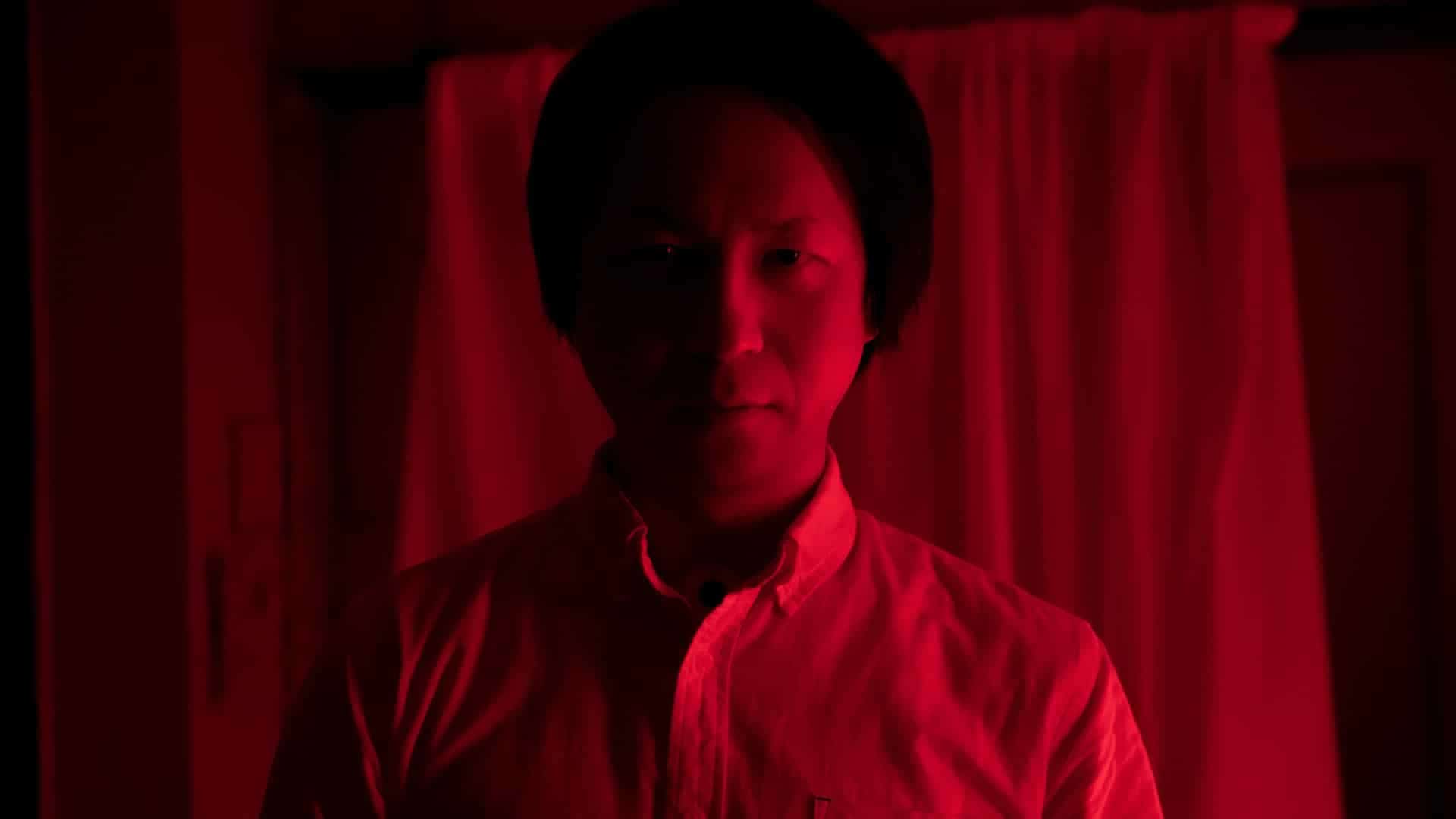
Are there any plans for the movie to open in Japan?
I applied to just one festival in Japan. “New Religion” will also play at the Trieste Science+Fiction Festival and we will premiere in Japan next year. I already have one theater in Japan that will play the movie so I am really looking forward to the Japanese premiere.
What do you think the reaction of the Japanese audience will be?
I have no idea but some people in Japan told me that this film is not for the Japanese audience (laughter). Because there is not much explanation or dialogue and the music is different.
When you were writing the script or shooting the movie, did you have the audience in the back of your mind?
I didn't care about the audience, I just focused on the filmmaking.
Are you working on any new projects?
I stopped filmmaking for many years and then I finally made my first feature film. Now I have finally started my career and I am now writing many scripts for a film or drama. The next film will be a horror film as well. When I made “New Religion” I had no idea of the consequences of filmmaking, but now I have knowledge of filmmaking and film festivals. From next time on, I can be more strategic.


